Internet telephony technology has been around for decades now, but as it continues to gain popularity, we still see business owners on the sidelines about making the switch from traditional phone lines. Many could scarcely fathom the idea of switching from the plain old telephone lines to a system that runs solely on an Internet connection.
But as many major global telecom providers are starting to phase out traditional phone lines and replace them with internet telephony solutions, perhaps it’s time to learn more about internet telephony and the
benefits it can bring to your business
Key Takeaways
- Traditional landlines are becoming obsolete due to limited flexibility, high costs, and the shift by global telecoms toward internet-based telephony.
- SIP trunking replaces physical phone lines with virtual connections over the internet, enabling scalable, location-independent, and cost-efficient voice communication.
- SIP supports DID numbers, centralized IP networks, and automatic rerouting, making it ideal for businesses seeking flexibility, resilience, and growth-ready communications.
How is the internet telephone different from a traditional landline phone?
Before we go on to talk about internet telephony, let’s take a look at the traditional telephone system and why it’s no longer a practical solution.
The traditional telephone system uses copper wires to carry analog voice data between two phones. When you dial a number on the traditional telephone system, a dedicated circuit is established between your phone and the person you want to call. In the early days, operators manually connect the two phones. (Remember those black and white photos of switchboard ladies manually inserting phone plugs into jacks.) Though today, switching is automated and the Public Switched Telephone Network (PSTN) is almost entirely digital.
One of the benefits of using a traditional landline phone is that it is a tried and tested technology that has been proven stable for decades. Once you have a landline phone set up, you can sit back and relax because it will connect without problems – power outages don’t impact you unless you’re using a cordless phone.
But if landline is so reliable then why, you wonder, are people
switching over to internet telephone?
From the user’s point of view, internet telephone works just like a traditional landline phone. You dial the number, connect with the other user and you converse. But what if:
- You are out of the office and all you have is a tablet
- You have ten phone lines but all ten are in use
- You want to video conference with your employees who are on fieldwork or in remote locations
As you can see, traditional phone lines are no longer practical in this day and age.
Hello SIP Trunking
SIP stands for Session Initiation Protocol and it is an internet telephony technology. But there is so much more to SIP trunks than the transmission of voice over the Internet.
The term “trunk” refers to trunking, which is a method of providing network access to multiple users by sharing a set of lines instead of provisioning them individually. In simpler terms, it is a shared communication channel for a large number of telephone users. Just think a tree with one trunk and many branches.
SIP is the specific protocol that enable internet telephony (including VoIP) to work. SIP is equivalent to HTML in the world of websites. SIP allows people around the world to communicate using their devices over the Internet, whether it’s a computer, mobile phone or desk phone.
While
traditional phones use physical lines and circuits to connect to the
PSTN, a SIP trunk replaces the physical connections with virtual connections over an IP network. Voice is then transmitted through these virtual connections as data packets, just like email.
Benefits of SIP Trunking
- One centralized IP network: SIP trunking allows for the consolidation of voice and data into one single IP network. This reduces the complexity, frustration and support costs of managing multiple connections.
- Phone number assignments: SIP trunks can use phone numbers from any location. In other words, you can assign a New York City phone number to a SIP trunk located in San Francisco. This not only allows for a consolidation of phone numbers, but also allows calls to appear local when they are actually originating from a distant location.
- Connections are virtual: The number of available trunks is a function of available bandwidth, not physical circuits. For instance, SIP trunks only exist when a call is taking place. When you’re done, the connection is terminated and resources are returned to the pool.
- Flexibility and scalability: Because SIP trunk allows users to pool concurrent call sessions across multiple locations, it reduces the total number of trunks required and at the same time, allow for on-demand channels through bursting. Yes, you can add additional lines on-demand.
- Automatic rerouting: When you combine multiple location’s circuits into a central SIP trunk, you can take advantage of alternate trunk routing to redirect calls in the event of an outage or a disaster.
Learn more about the benefits here.
Can I use my DID number with SIP trunking?
Yes, SIP trunking supports DID numbers. You can have multiple DID numbers routed across the trunk. This means, your clients can dial a local number in their area and be routed to the proper recipient, even if that recipient is physically located in a distant location.
What you need to consider before switching to SIP trunking?
1. How many simultaneous calls do you need to support? This number is important because it will determine how many SIP channels you need, as well as your
bandwidth requirements.
2. Is your bandwidth sufficient? While most business Internet connections are fast enough to support both data and voice communications, it’s wise to check with your service provider that current bandwidth can accommodate both your concurrent call capacity as well as any applications that you may have running.
3. How will alarm systems and credit card machines be handled.
Yes, SIP trunking supports
DID numbers. You can have multiple DID numbers routed across the trunk. This means, your clients can dial a local number in their area and be routed to the proper recipient, even if that recipient is physically located in a distant location.










